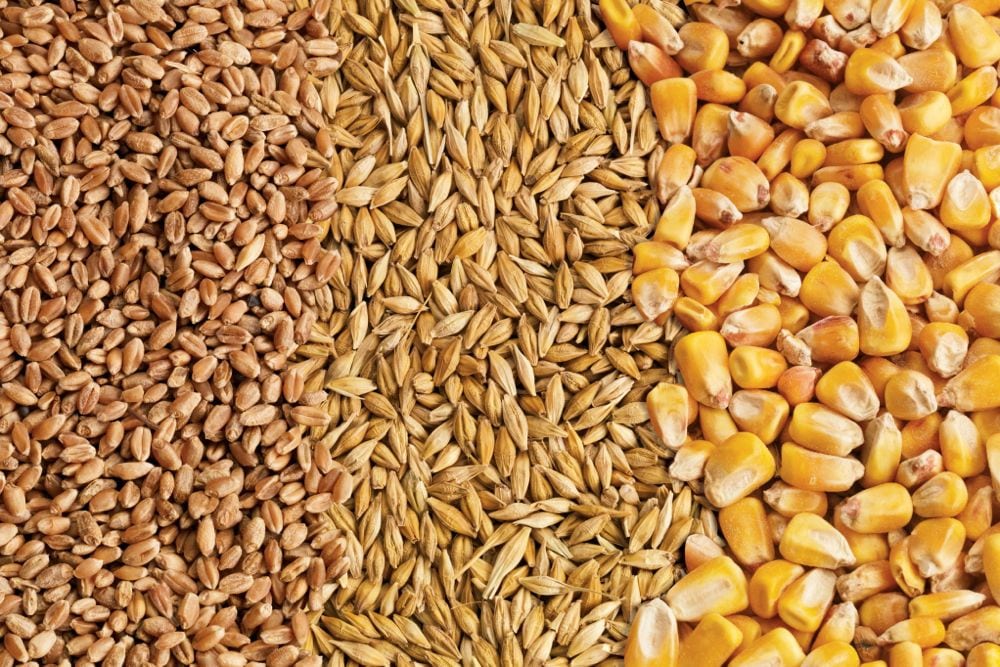WINNIPEG — The chickpea harvest is slowly gathering steam across Western Canada with prices holding steady, despite the harvest pressure.
In Saskatchewan, where most of the crop is grown, one industry stakeholder estimates a fifth of the crop has been combined.
“Chickpeas are 20 percent complete or just nicely underway,” said Colin Young of Midwest Investments in Moose Jaw, Sask.
Samples have revealed some sprouting, and Young said the next few weeks will be crucial in determining the quality of the plants.
“September always tells the tale of chickpea quality, and there’s a portion of the crop that will be vulnerable to frost, and if we get a frost event in the next few weeks it means some green kernels will get locked in,” he said.
Read Also

Feed Grains Weekly: Price likely to keep stepping back
As the harvest in southern Alberta presses on, a broker said that is one of the factors pulling feed prices lower in the region. Darcy Haley, vice-president of Ag Value Brokers in Lethbridge, added that lower cattle numbers in feedlots, plentiful amounts of grass for cattle to graze and a lacklustre export market also weighed on feed prices.
Whatever the case, Young said chickpeas can usually be sent to willing buyers, no matter what the grade.
“Doesn’t matter if it’s No. 1, five percent sprouted or 10. These are easily marketable in volume,” he said.
Thee lowest quality are used for pet food.
India and Pakistan remain the largest importers in the world with new markets opening up in South America and Europe, according to Young.
In some fields, he estimates yields to be in the 1,800 pound an acre range. At this point, he added, the crop is “sort of running along” with the wheat crops in southern Saskatchewan.
“A lot of growers are using the Orion variety, which produces 10, nine and eight millimetre calibre,” he said.
“There’s more value in growing large calibre chickpeas value as it gives them a higher per-pound return.”
Young expected the market to “stay sideways” and didn’t feel there was any downward pressure.
He said growers are generally receiving 33 cents per lb. for 10 mm Orion chickpeas, 30 cents per lb. for nines and 25 cents per lb. for eights and sevens.
“The reason prices has stayed firm is because competing countries have kept their prices firm,” said Young.
Harvest isn’t expected to wrap up until later in the fall.
“A lot of chickpea growers have Thanksgiving turkey and then go fire up the combine,” said Young.
He said early September traditionally reveals the best quality chickpeas, while the more damaged stuff usually rears its head around Thanksgiving.














